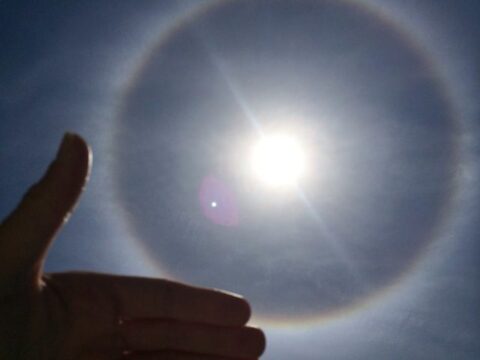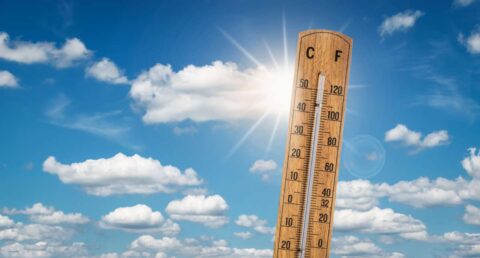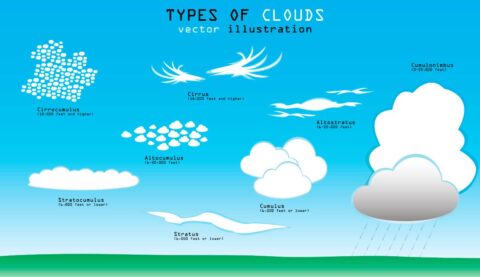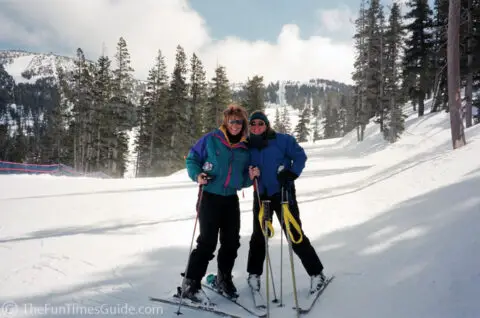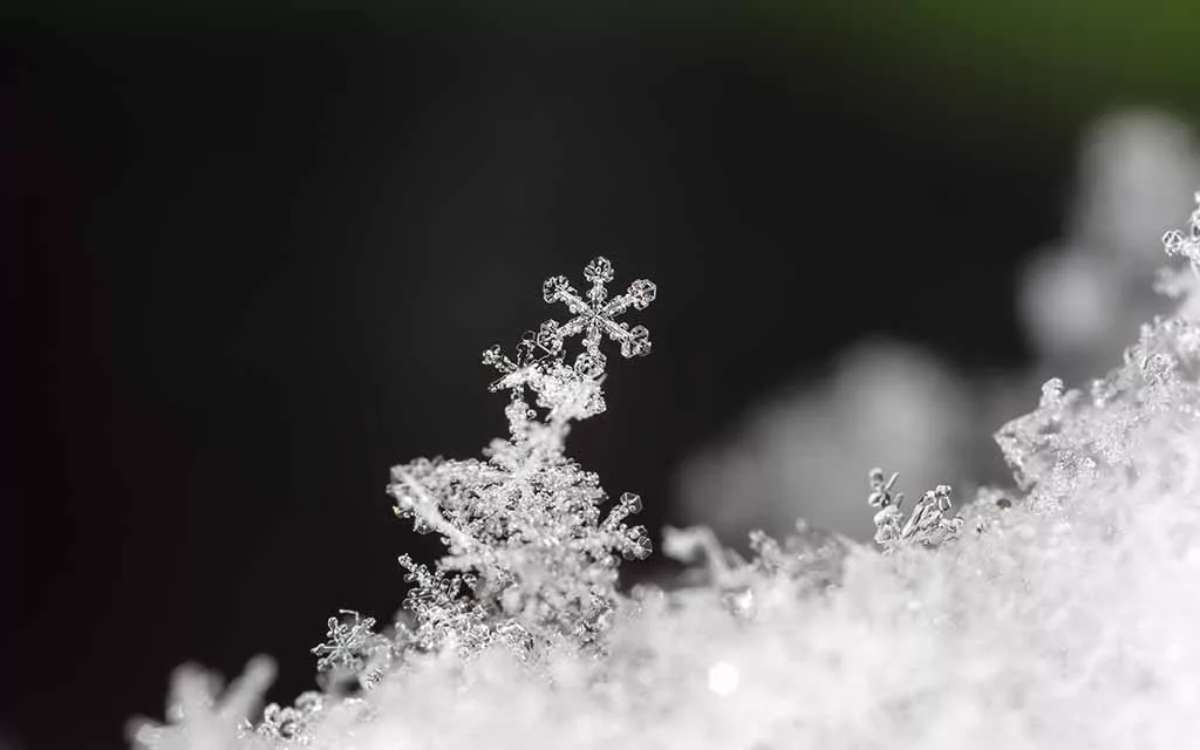About the time fall starts turning into winter, most people in the United States begin trading in their leaf-gathering rakes for snow-scooping shovels.
Yes, snow can be downright fun for some and complete misery for others.
But when you learn the facts about snow, you may come to appreciate the science – and wonder – of wintry precipitation just a little bit more. Well, maybe…
And, if you’re so inclined, you may even want to try a few tricks to make it snow just so you can catch a glimpse of the white stuff.
You could try impressing your friends and family by telling them some of the snow facts listed below. Hey, it could make a great conversation starter when Jack Frost is nipping at your nose or you’re roasting chestnuts on an open fire!
So, here are 20 fun facts about the snow, presented in no particular order:
#1 – Each snowflake is unique – so, no two will ever look exactly alike.
#2 – The typical snowflake has 180 billion water molecules in it.
#3 – Permanent ice and snow cover 12% of Earth’s surface.
#4 – For the first time ever, snow was reported on the ground of all 50 states on February 12, 2010.
#5 – On January 19, 1977, a trace of snow was recorded in Homestead, FL (south of Miami) – that’s the furthest south snow has fallen in the continental United States.
#6 – Afraid of snow? You may have chionophobia, which is the fear of snow.
#7 – A blizzard is defined as the following: a snowstorm in which visibility drops to a ¼ mile or less, winds are 35 miles per hour or greater, and has a duration of at least 3 hours.
#8 – Snowflakes fall at an average speed of 3.1 miles per hour.
#9 – The snowiest city in the United States is Rochester, NY, where an average of 94 inches of snow falls each year.
#10 – Snow forms at a temperature of 32 degrees Fahrenheit or lower.
#11 – Snow is water vapor that has condensed without ever entering the liquid phase.
#12 – Sleet, unlike snow, forms when rain drops or drizzle freeze into ice as they descend from a cloud.
#13 – Snow is actually clear but appears white because of the way visible light waves from the sun are diffused in each flake.
#14 – Cakes, cookies, and candies outsell all other types of food when a blizzard is approaching.
#15 – All snowflakes have exactly 6 sides.
#16 – The continental United States experiences an average of 105 snowstorms each year, with each event lasting between 2 and 5 days.
#17 – The largest snowflake ever recorded fell in Fort Keogh, Montana in 1887. How large was the flake? 15 inches wide and 8 inches thick!
#18 – The single-day record for snowfall in the United States is 63 inches – that’s how much of the white stuff fell in Georgetown, Colorado on December 12, 1913.
#19 – A 24-hour snowfall record was made just 8 years later. On April 14 and 15, 1921, 75.8 inches fell in Silver Lake, Colorado.
#20 – The year of 1816 is known as the year without a summer. Airborne debris from the eruption of the Tambora volcano, –along with effect of a little ice age — caused ice, frost, and snow in parts of the New England throughout the summer, spawning crop failures and causing many people to migrate to the Midwest.
I'm a weather geek from Florida who's been studying meteorology and watching weather patterns for years! I enjoy sharing little-known facts and fun stuff about the weather. I especially like sharing interesting details about weather events and conditions that can affect you… and how to prepare for Mother Nature's ever-changing weather patterns.



